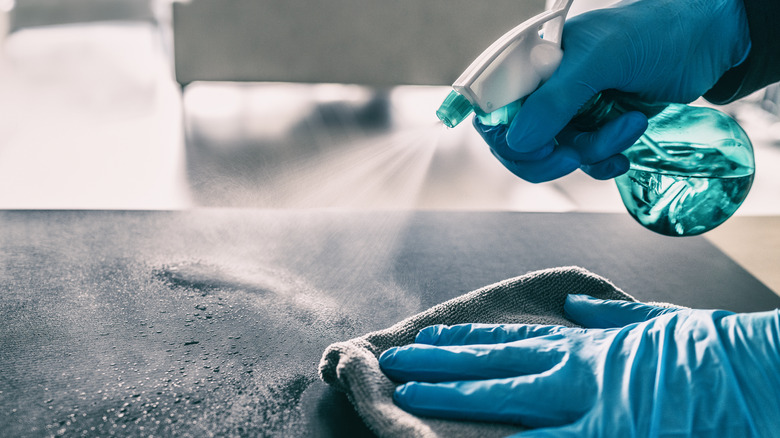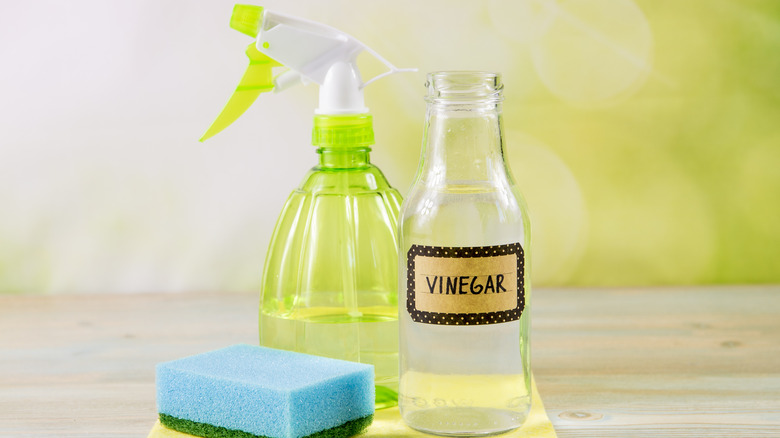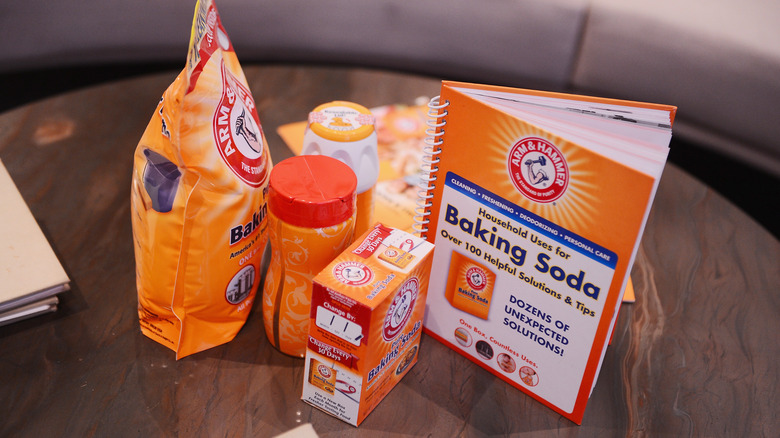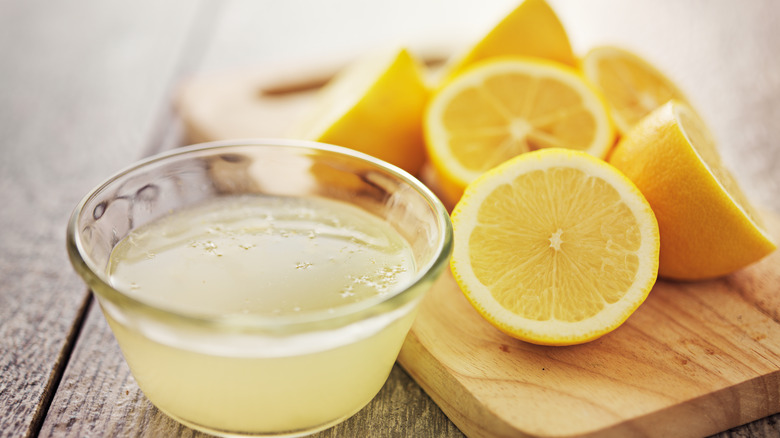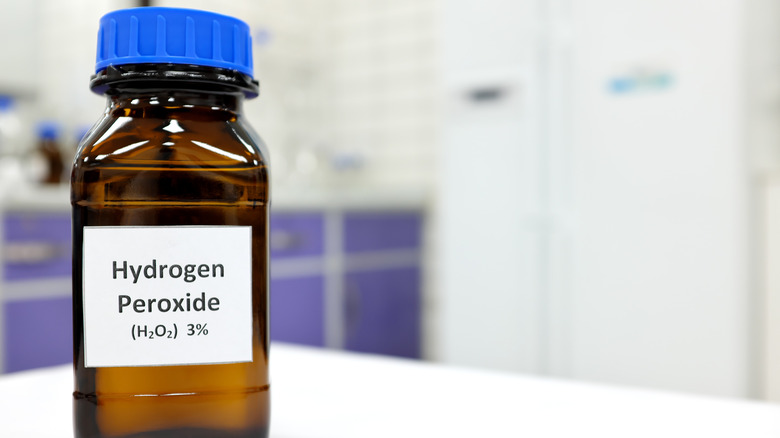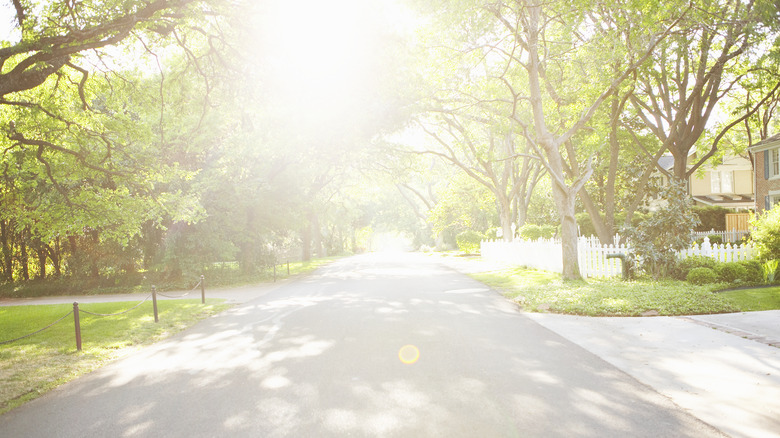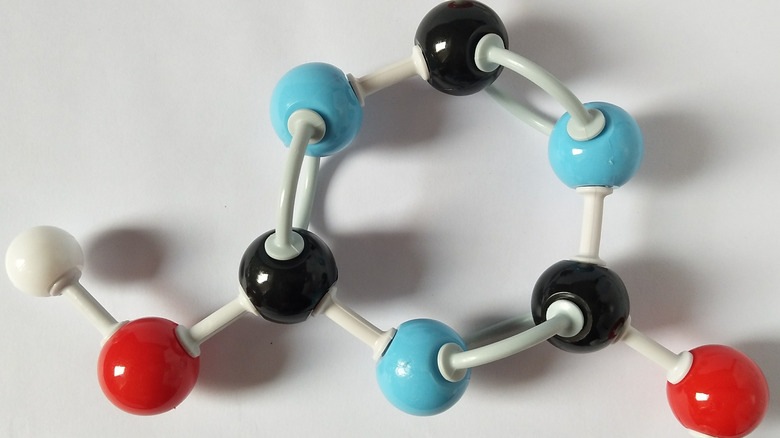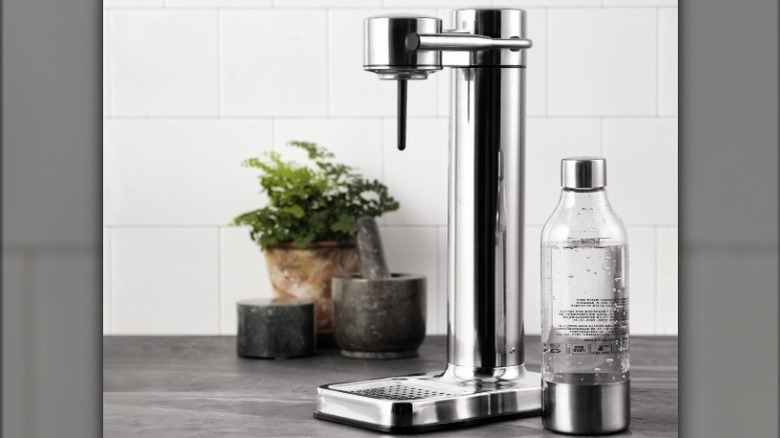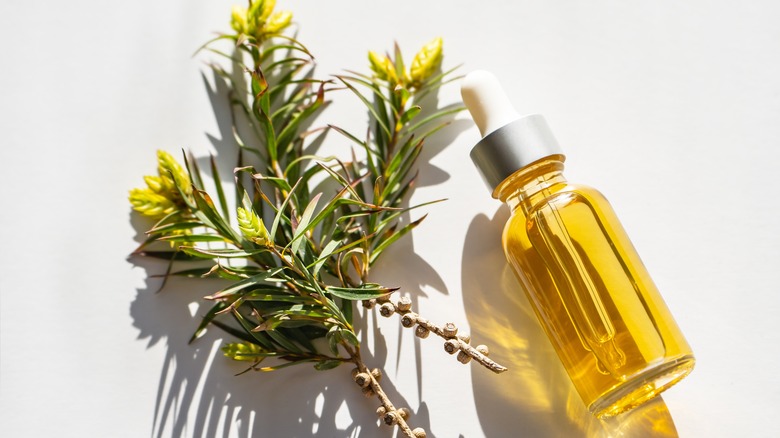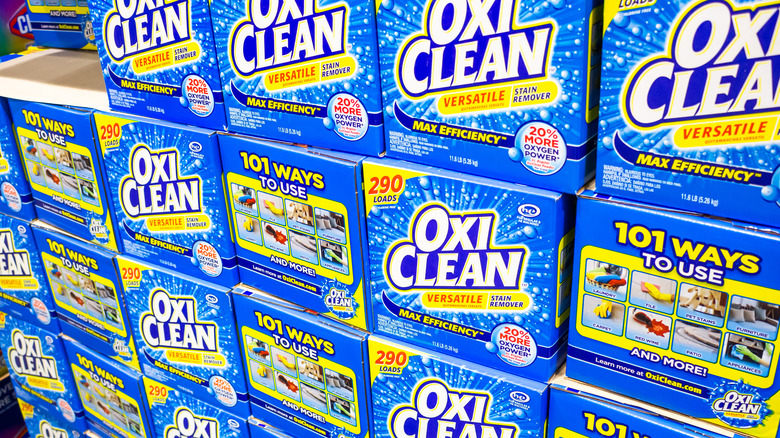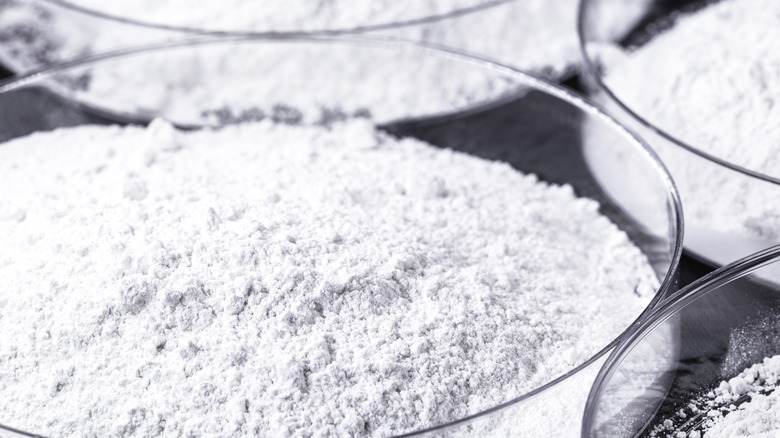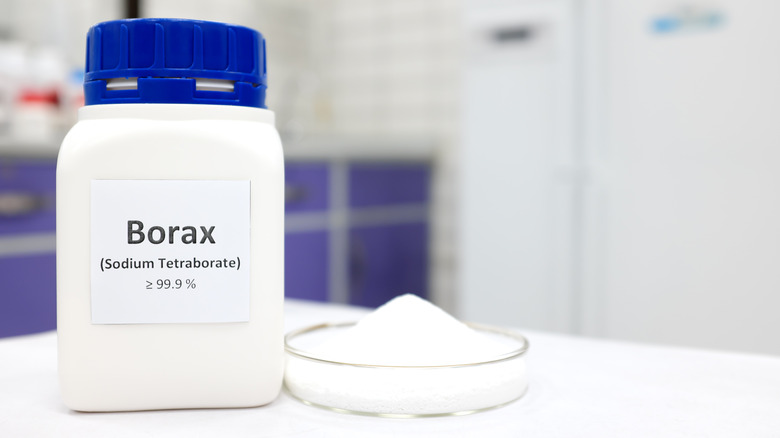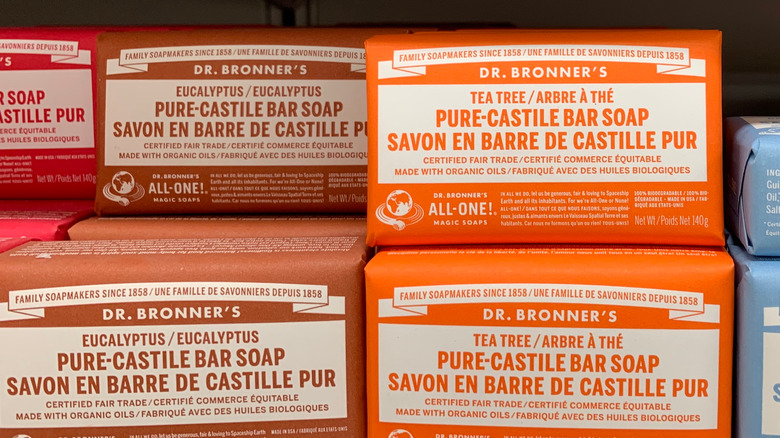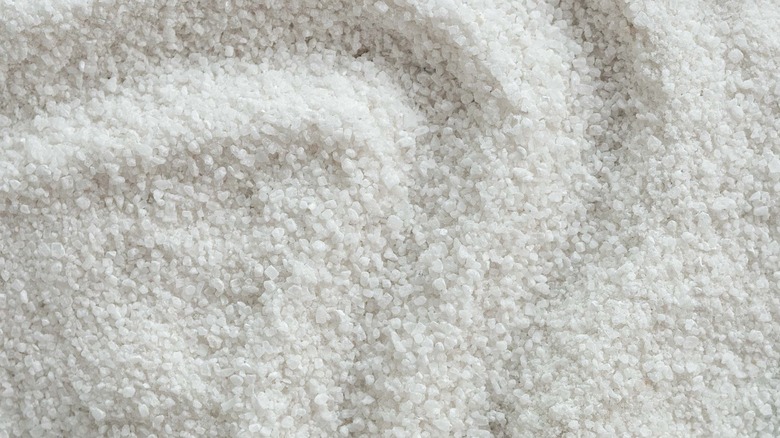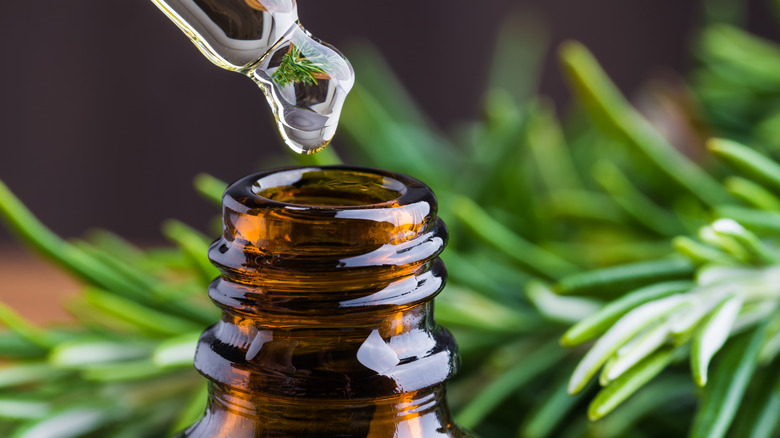Clean Your Home With These Handy Bleach Alternatives
There are plenty of reasons to stop using bleach to clean your home. The most popular reason is its toxicity. Bleach is a strong chemical that can cause health issues like skin and eye irritation should it touch these parts of your body and respiratory problems when breathing in its fumes. If you ingest bleach, it can be fatal. If you have young children in the house, these worries double as they might not understand the dangers. In addition, bleach can be dangerous if not used properly. For example, if you mix it with another household cleaner like ammonia, the fumes produced can kill you.
While some are confident that bleach will not harm them if they take the correct precautions, they are still concerned about bleach's impact on the environment. Bleach can release chlorine gas, which can contribute to air pollution and climate change on a large scale. While the consequences within the home might be small, companies that produce bleach are allegedly responsible for the large-scale destruction of our ozone layer, plus the pollution of our lakes, rivers, and streams. Luckily, there are plenty of other ways to get your home squeaky clean if you don't want to use bleach.
Vinegar to disinfect
Both vinegar and bleach are highly effective at killing germs and bacteria around your home. They can both be used to sanitize surfaces, clean tough stains, and leave your home smelling fresh and clean. Vinegar works well as a cleaning agent because it is a natural acid. Its acidity can help kill some types of germs and bacteria, just like bleach can. It does this by disrupting the bacteria's cell membranes. Once this happens, the cells break down and die. Yet vinegar is not toxic if ingested or inhaled, making it a great natural alternative to bleach.
There are different kinds of vinegar to choose from when cleaning. You can pick apple cider, balsamic, red, or white vinegar. When cleaning textiles like curtains, clothes, or bedding, you should choose white vinegar. Because while darker vinegar is great for disinfecting, its pigment can ruin what you are working on. No matter which vinegar you choose, a 1:1 ratio of vinegar and water in a spray bottle works best. However, the solution should be left on surfaces for at least 10 to 15 minutes before wiping it away.
Baking soda to remove stains
Baking soda is not a substitute for bleach when it comes to disinfecting or killing germs, but it can be used as a natural bleach alternative. This is because it is effective at removing stains and making things smell better. Baking soda is especially great when trying to get a set stain out of fabrics, carpets, and upholstery. When you spill red wine across your tablecloth, or one of your children throws up on the rug, consider reaching for baking soda. The same can be said when your dish towels start smelling a little rank. Just sprinkle a little bit of the inexpensive and easy-to-find powder on the item in question, and you will be well on your way to a clean and fresh outcome.
However, the best way for baking soda to work its magic is to combine it with other natural elements. Mix it with a splash of vinegar, lemon juice, or even water to create a powerful cleaning solution. When combined like this, the mixture turns into a paste. You can use this paste to scrub away stains and grime from sinks, tubs, and even the nasty gunk under your refrigerator.
Lemon juice to brighten fabrics and clean grime
Lemon juice contains natural bleaching agents like citric acid that can whiten and brighten household fabrics as a part of your cleaning routine. To get the best results, you should use lemon juice with boiling water on the stove or the hottest setting on your laundry machine. Use about ¼ to ½ a cup of lemon juice for the most noticeable lighting of the stain. If juicing that many lemons makes you feel tired, consider purchasing lemon juice in a bottle, as is available at most grocery stores.
Outside the laundry room, you can use hot water and lemon juice in the bathroom on mold and mildew stains, as well as on the kitchen counters. It works to remove grime because the citric acid present in lemon juice is a bonding agent. This means it can bind to minerals and other particles in grime and dirt, helping to loosen and dissolve them as you scrub. You'll also notice that things start smelling nice and fresh when you use this mixture.
Hydrogen peroxide to lift stains and disinfect
You can use hydrogen peroxide as a swap-in for bleach while brightening whites in the laundry or scrubbing dirty surfaces in the kitchen and bathroom. When using peroxide as an element in a spray or scrub, you might see it bubble up. When you see these bubbles, you know it's working because when peroxide comes into contact with organic materials like dirt and stains, it dissolves into water and oxygen. The breaking down process releases the bubbles that help to lift and remove stains.
Hydrogen peroxide is also a bacteriostatic substance, which stops all different kinds of bacteria in its tracks. When they come into contact with the powerful oxidizing elements of the solution, they can't reproduce anymore, so they die. Many cleaning their homes will use bleach to kill bacteria like this. So if you don't feel comfortable with such a strong chemical, swap it out with peroxide instead.
Sunlight as a natural bleach alternative
You can use sunlight as a natural bleach alternative to remove stains from fabrics and other materials, plus reduce bacteria. This is because the ultraviolet (UV) radiation in sunlight can break down the chemical bonds that cause stains and discoloration. The sun also kills bacteria that can harm us. So next time you are working on cleaning a tough textile stain or think the item smells funky, skip washing it repeatedly with bleach. Instead, pre-treat any discoloration using a mild detergent or stain remover and string it up on an outside clothesline early in the morning. As the sun nears its peak at noon, the fabric will be directly in its path the entire time. Keep an eye on your linens as they air out, so you can move them if they fall into shadow.
Do keep in mind that sunlight may not be the best choice for getting rid of all stains. This is particularly true of stains caused by oil-based substances (like salad dressing) or certain dyes. If you are trying to get rid of those stains, it's best to stick with a stronger substance like hydrogen peroxide, vinegar, or citric acid, in addition to sunlight. Additionally, prolonged exposure to sunlight can cause fabrics to fade or become damaged over time, so it's important to use caution and avoid over-exposure when airing out textiles.
Oxygen bleach to lift stains
Oxygen bleach is a gentle, non-toxic alternative to chlorine bleach for cleaning laundry, bathrooms, kitchens, etc. Although they might sound similar, the main difference between oxygen bleach and chlorine bleach is the active ingredients they contain and how they work to remove stains and whiten fabrics. Chlorine bleach has an ingredient called sodium hypochlorite, which is a strong oxidizing agent. It reacts with water to release chlorine gas, which is the dangerous part of the substance and what most of us are trying to avoid.
In contrast, oxygen bleach's active ingredient is sodium percarbonate. Because of this, oxygen bleach works by releasing oxygen ions that break down stains and dirt, without damaging fabrics or causing color loss like chlorine bleach might. Because of this, you can use it on more delicate fabrics or colors that cannot be treated with chlorine bleach. When purchasing oxygen bleach, you might see it called "all-fabric bleach" or "all-color bleach," but if you check the ingredients list and see sodium percarbonate, you know you have the correct mixture. It works best when combined with hot water.
Club soda to remove tough stains
Club soda is a natural bleach alternative for cleaning surfaces and removing stains on the carpet and clothes. It doesn't have the same strong antibacterial properties as bleach, but its bubbles do well in most situations to achieve similar results. For example, it's a great stain remover for really tough spills. Most folks think bleach is the only option for coffee, tea, and red wine stains. However, if you are quick, you can simply pour club soda onto the stain and blot it with a paper towel until it lifts. Just remember to use a paper towel or cleaning cloth, since the stain will transfer onto the blotting medium.
In addition, the bubbles in club soda do well to clean kitchen appliances, like ovens and stovetops, because the fizz can help to dissolve grease and grime. You just have to pour it onto the surface and scrub it with a clean cloth or sponge. Since club soda doesn't have sugar, it does not leave behind any sticky residue and dries just like water might.
Tea tree oil as a natural disinfectant
Tea tree oil is a natural disinfectant that you can use as a bleach alternative for cleaning surfaces and removing stains. In fact, the aboriginal people of Australia have used tea tree oil as an antiseptic for thousands of years. This is because it has antifungal and antibacterial properties, making it great at killing mold and germs in general. The oil disrupts the cell membranes of mold spores, causing them to die off. So the next time your bathtub starts looking slightly gray or your floor is dingey, you don't have to reach for bleach.
The best ratio of oil to water is 1 teaspoon of tea tree oil with 1 cup of water. You can place it in a spray bottle and shake it to ensure it's mixed well. Spray it on the mold and let it sit for several hours. Unlike more chemical solutions, tea tree oil needs time to work its magic. You can do a test section to decide the ideal waiting period. Then, use a tough sponge or brush to scrub the mold away.
Enzyme cleaners to break down odors and stains
Enzyme cleaners are a natural alternative to bleach that you can use for getting stains out of laundry, mopping the floors, and getting sparkling countertops. Enzyme cleaners get their name because they use enzymes to break down organic stains and odors. Enzymes are proteins that can speed up chemical reactions, such as the breakdown of organic molecules. When the enzymes come into contact with coffee stains, mildew, or even human waste, they quickly kill the germs and neutralize the smells. Some examples of enzyme cleaners that you can find in local stores are OxiClean, Puracy Natural Stain Remover, and Seventh Generation Laundry Detergent.
Because the chemicals in enzyme cleaners only attack the stain or germs and nothing else, most people can safely use them on most things in their home, like fabrics, carpets, and hard surfaces like tile and grout. Additionally, enzyme cleaners are often biodegradable and environmentally friendly, unlike bleach. This element makes them a popular choice for households looking to reduce their environmental impact and use more natural materials.
Citric acid to whiten
Citric acid is a natural cleaning agent used as a bleach alternative for cleaning surfaces and removing stains. This is because citric acid has acidic properties, as its name might suggest. When you mix it with water, citric acid forms a weak acid solution which can break down the chemical bonds of stains. For example, hard water and rust stains are often caused by the buildup of minerals in the water. You'll find them in bathtubs, kitchen sinks, and even the washing machine. To get rid of these, you don't have to use bleach. Instead, the acidic part of citric acid can react with these minerals, causing them to dissolve and be washed away. Sometimes citric acid can cause discoloration on materials like stone or marble, so it's always a good idea to test a small area before using it on a section people will see.
In addition, you can use citric acid as a bleach substitute to help remove stains from fabrics. It works especially well if your tablecloth, curtains, or couch cushion covers look a little yellow due to their age. For best results, you can mix it with water to create a solution and apply it to the stained area. You might need to soak the entire thing in a bucket for some items. Next, let the solution sit for a few minutes to allow the acid to work its magic before washing or rinsing the area with water.
Borax to tackle difficult stains
Borax is a natural mineral that can be used as a bleach alternative for laundry and cleaning around the house. The great part is that you likely already have it in your home, so you can get started with bleach-free cleaning right away. You can mix borax with water to create a larger batch of all-purpose cleaners. If you want to use it in a spray bottle, look on the back of your box of borax. Most will recommend a ratio of about 2 tablespoons of borax with 4 cups of hot water, which you can adjust depending on the size of the batch you want to make.
While the liquid version of borax works well on hard surfaces that need to be cleansed of smells or stains, you can also clean with it in its powdered form. Sprinkle some around the edge of your toilet bowl to get rid of hard water stains and smells, as well as into the carpet for a great deodorizer. Just make sure to vacuum it up after.
Castile soap for general cleaning
Castile soap is a natural soap that you can use as a bleach alternative for laundry, mopping, and wiping off countertops. While not a disinfectant like bleach, castile soap can still remove dirt, grime, and surface stains. The Spanish first used the mixture hundreds of years ago to clean their homes, which is where it gets its name. It is made from food oils, like olive, coconut, or avocado. The oil is then mixed with a substance called potassium hydroxide, which you might know as lye. In modern times, manufacturers tend to put floral or citrus oils in the mixture as well to make it smell better.
To create a handy cleaning solution for most hard surfaces in your home, mix ¼ cup of castile soap with 1 quart of warm water. Depending on how you use it, you can safely pour the dirty mixture down the sink or save it for next time. That is, if you've used it in a mop bucket, it's likely soiled, and you'll want to get rid of it. However, if you have it in a spray bottle, pop it back into storage until the next time you clean.
Table salt and electrolyzed salt water to brighten fabrics and surfaces
Salt can be a natural bleach alternative to remove stains on hard surfaces and brighten fabrics like sheets, tablecloths, hand towels, etc. It is a natural mineral that can be abrasive and can help break down stains and grime. While some might mix salt with small amounts of water to create a thick paste that can be used as a laundry pre-treatment or mildew remover in the bathroom, there is another more effective salt option for broader use. It's called electrolyzed salt water.
There is a lot of science behind the scenes of electrolyzed salt water. The gist is when any electricity comes into contact with the salt (chemical symbol NaCl), it causes the element of chloride to detach from the sodium. Chloride carries a negative charge, so it attaches itself to the positive molecules present in the solution. This makes hypochlorous acid, which can kill many germs, just like bleach. You can't purchase electrolyzed salt water for domestic use, but you can still create it safely and legally at home with an electrolysis machine. These machines can be purchased online or at specialty chemist stores. For safety, follow all manufacturer's instructions.
Essential oils to disinfect surfaces
You can use essential oils, such as lavender or lemon, as a bleach alternative for cleaning and disinfecting surfaces. Lemon oil has antibacterial properties, just like bleach. Yet the thing that makes it a more popular choice is its fresh scent. It's been put to the test against bleach and found that it does the job of killing harmful germs. "Consistent with already published studies, we found that ... the lemon oil [is] effective in killing the bacteria," Amanda Zirzow, science lab manager at Florida SouthWestern State College, told WINK News. Yet she notes that "the lemon oil did kill the bacteria, but a higher concentration of the lemon oil might be needed." So when making your mixture, use more oil than you might think you'll need. She also notes that white vinegar and tea tree oil did a better job at disinfecting, but lemon essential oils work well if you're in a pinch and don't have those other options.
In addition, lavender oil also works well as a disinfectant because it has compounds that kill germs like aldehydes, phenolics, and terpenes. You can use lavender oil much like you would lemon oil. Mix it with water to wash floors, countertops, and toilets.
